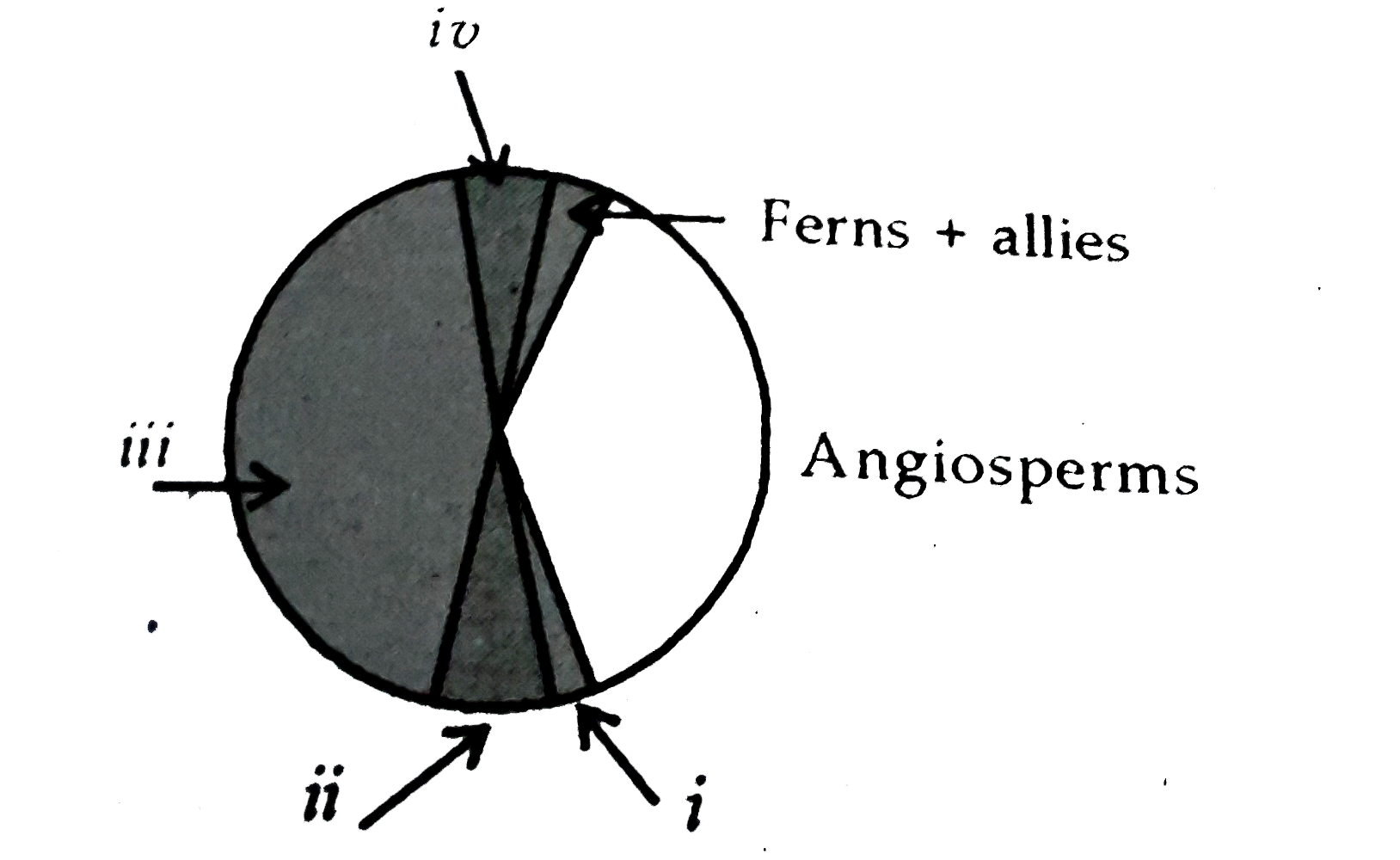Fill in the blanks for the statement given below.
i. Collection of actual specimens of plant / animal species is essential and the prime source of........a..........
ii.presence of notochord and dorsal hollow neural system are features of ...........b..........
iii. Stuffed and preserved terms are associated with ..........c.....
iv. .....d........... represents the choice made between two opposite options.
V. The number and type of organism present on earth known as .......e.........
The correct Answer is:C
Let's break down the fill-in-the-blank statements step by step:
1. Statement i: "Collection of actual specimens of plant/animal species is essential and the prime source of a."
- The answer here is taxonomic studies. Taxonomy is the science of classification of organisms, and actual specimens are crucial for studying and understanding the diversity of life.
2. Statement ii: "Presence of notochord and dorsal hollow neural system are features of b."
- The answer is Chordata. The presence of a notochord and a dorsal hollow nerve cord are defining characteristics of the phylum Chordata, which includes all vertebrates.
3. Statement iii: "Stuffed and preserved terms are associated with c."
- The answer is museum. Stuffed and preserved specimens, often referred to as taxidermy, are typically displayed in museums for educational and research purposes.
4. Statement iv: "d represents the choice made between two opposite options."
- The answer is dichotomy. A dichotomy refers to a division or contrast between two things that are represented as being opposed or entirely different.
5. Statement v: "The number and type of organism present on earth known as e."
- The answer is biodiversity. Biodiversity refers to the variety of life on Earth, including the number of species and their distribution.
Final Answers:
- a: taxonomic studies
- b: Chordata
- c: museum
- d: dichotomy
- e: biodiversity
- The answer here is taxonomic studies. Taxonomy is the science of classification of organisms, and actual specimens are crucial for studying and understanding the diversity of life.
- The answer is Chordata. The presence of a notochord and a dorsal hollow nerve cord are defining characteristics of the phylum Chordata, which includes all vertebrates.
- The answer is museum. Stuffed and preserved specimens, often referred to as taxidermy, are typically displayed in museums for educational and research purposes.
- The answer is dichotomy. A dichotomy refers to a division or contrast between two things that are represented as being opposed or entirely different.
- The answer is biodiversity. Biodiversity refers to the variety of life on Earth, including the number of species and their distribution.
- a: taxonomic studies
- b: Chordata
- c: museum
- d: dichotomy
- e: biodiversity
Similar Questions
Couplet represents the choice made between two opposite options. This results in acceptance of only one and rejection of the other. (True/False)
View Solution_________ have a collection of preserved plants and animals for study.
View Solutionwhich of the following solution is used as preservative for keeping plants and animals specimen in a jar?
View Solution_____ is a store house of collected plant specimens that are dried, pressed ad preserved on sheets.
View SolutionThe places where collection of dried, pressed plant specimens mounted on paper or placed in liquid preservative are kept systematically
View SolutionFill in the blanks (i),(ii) and (iii) with the correct choice of words.
Biodiversity is a term popularised by sociobiologist ……..(i)……..
Medicinal plant …...(ii)..... shows the genetic variation in terms of potency and concentration of ....(iii)..... .
View SolutionFill in the blanks to make each of the following a true statement : (i) A∪A′=... (ii) φ′∩A=...(iii) A∩A′=... (iv) ∪′∩A=...
View SolutionFill in the blanks to make each of the following a true statement : (i) A∪A′=... (ii) φ′∩A=...(iii) A∩A′=... (iv) ∪′∩A=...
View SolutionIn Herbarium, actual finely preserved specimens of _____ are systematically arranged
View SolutionIdentify the areas labelled (i), (ii), (iii) and (iv) in the pie chart given below representing the biodiversity of plants showing their proportionate number of species of major taxa.

View Solution

